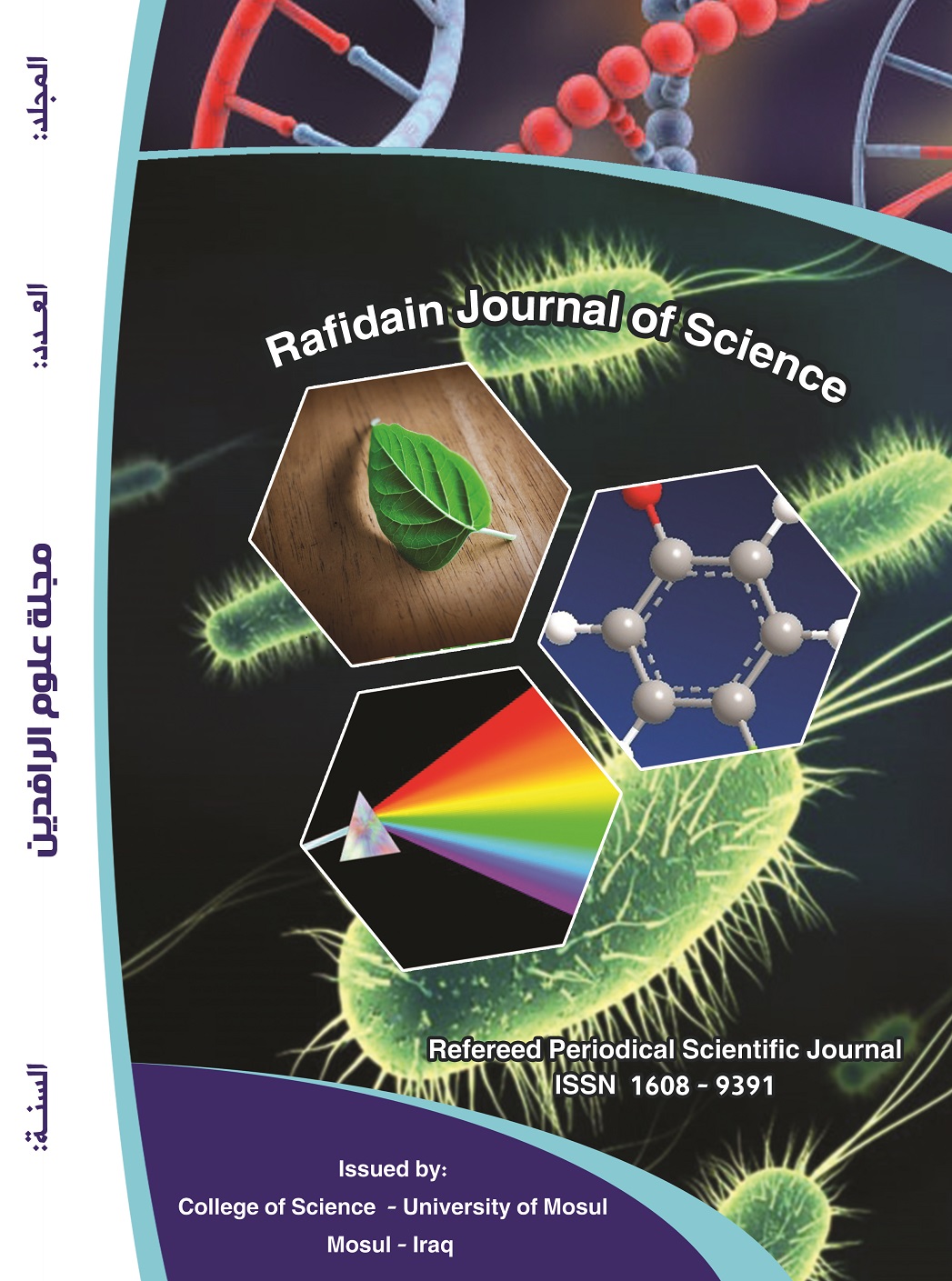Abstract
This investigation was done to determine how untreated sewage spilling Khabat region main sewers affected the chemical and physical characteristics of the soil. In order to measure the concentration of calcium (Ca++), magnesium (Mg++), and chloride (CI-), as well as the soil's electrical conductivity (EC), total dissolved salts (TDS), and total hardness (TH), samples of soil were taken at a depth of between 10-15 cm. In comparison to control samples, which were taken 200 meters away from the main stream and were not affected by untreated sewage, soil samples near to the main stream had significantly higher concentrations of the element’s calcium, magnesium, and chloride.
The concentration of these elements in the soil increased along with the percentage of dissolved salts, which in turn caused the total hardness and conductivity of the soil to increase. This indicates that the soil near the main stream is contaminated, which primarily affects the plant and animal life in the area. The study recommended finding solution for the sewage water plant in the Khabat region, that untreated water not be dumped directly into the ground to prevent contamination and groundwater access, and that efforts be made to use this water after it has been treated for various purposes.
The concentration of these elements in the soil increased along with the percentage of dissolved salts, which in turn caused the total hardness and conductivity of the soil to increase. This indicates that the soil near the main stream is contaminated, which primarily affects the plant and animal life in the area. The study recommended finding solution for the sewage water plant in the Khabat region, that untreated water not be dumped directly into the ground to prevent contamination and groundwater access, and that efforts be made to use this water after it has been treated for various purposes.
Keywords
Chemical and physical properties.
sanitation
soil pollution
